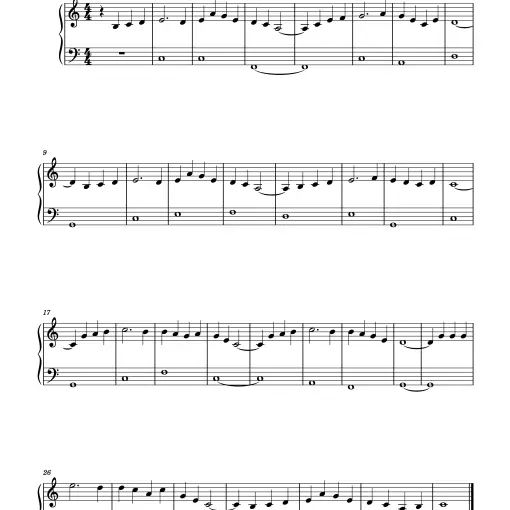Here is a collection of photographs and illustrations of pianos and piano-like musical instruments from across the centuries, provided for your enjoyment and education. Attributions are provided.
German Lying-Harp Piano
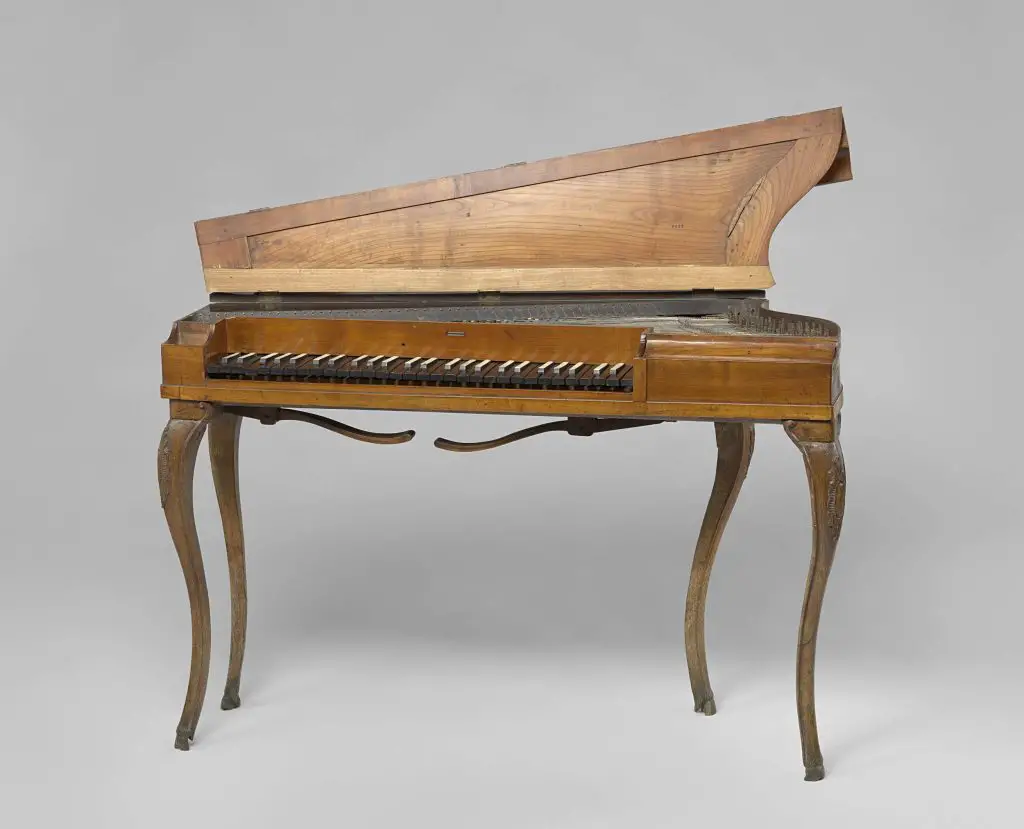
https://www.europeana.eu/item/90402/BK_NM_8306
Small pianos, rectangular or shaped like a spinet, were already known before the widespread production of grand piano. They were also invented independently of the grand piano even though grand pianos were appreciated in select musical contexts throughout the 18th century, for instance by the Medici. Many early German pianos of a small size, including this one, had tiny, bare wooden hammer heads.
Dated from 1770-1775, made from cherry wood, oak, softwood, ebony, ivory, brass, iron and leather. Height 77cm × width 117cm × depth 49cm.
Cabinet Piano
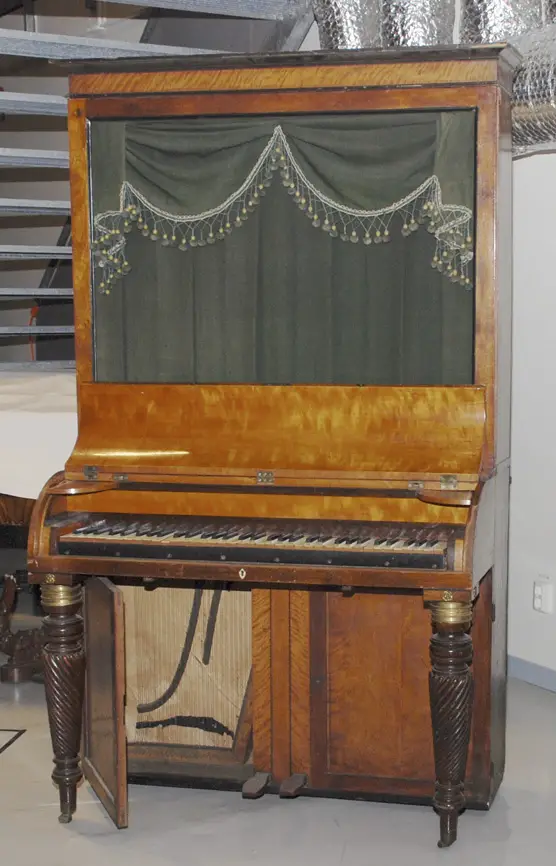
https://www.europeana.eu/item/916119/blm_item_6582
A cabinet piano constructed of birch and mahogany, probably manufactured by Anders Neuendorff in Karlskrona in the 1820s, and likely to be the first known instrument he made, as well as the earliest known cabinet piano in Swedish production.
Walnut Piano
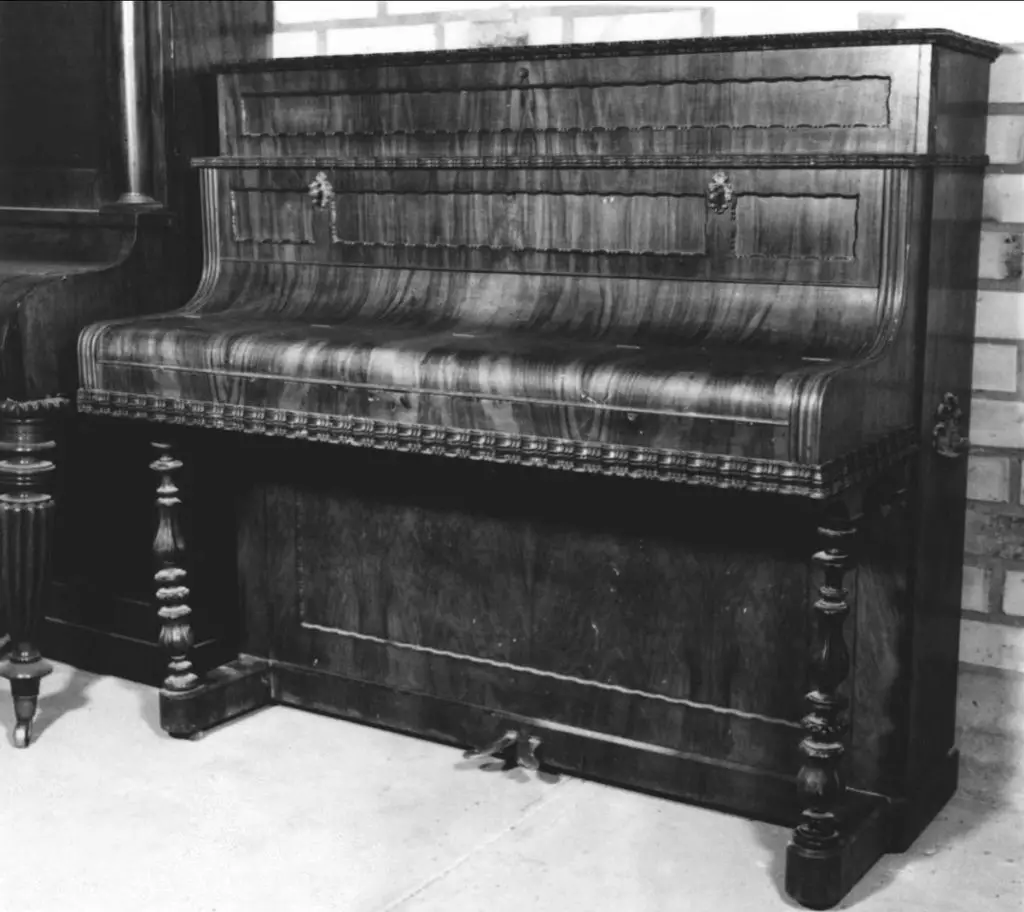
https://www.europeana.eu/item/91617/upmu_object_UM12041a
The upright piano is made of walnut veneer with profiled legs and hand cut decorations. Handles on the sides of snail-shaped brass. The keyboard cover has a painted double gold stripe. Bone keys in white. Stick-on label with printed text: HÖNI et HÜBERT. ZURICH DEPOT á STOCKHOLM, CHEZ MR EDVARD JOSEPHSON. Two bronzed candlesticks.
J Hagdahl walnut piano
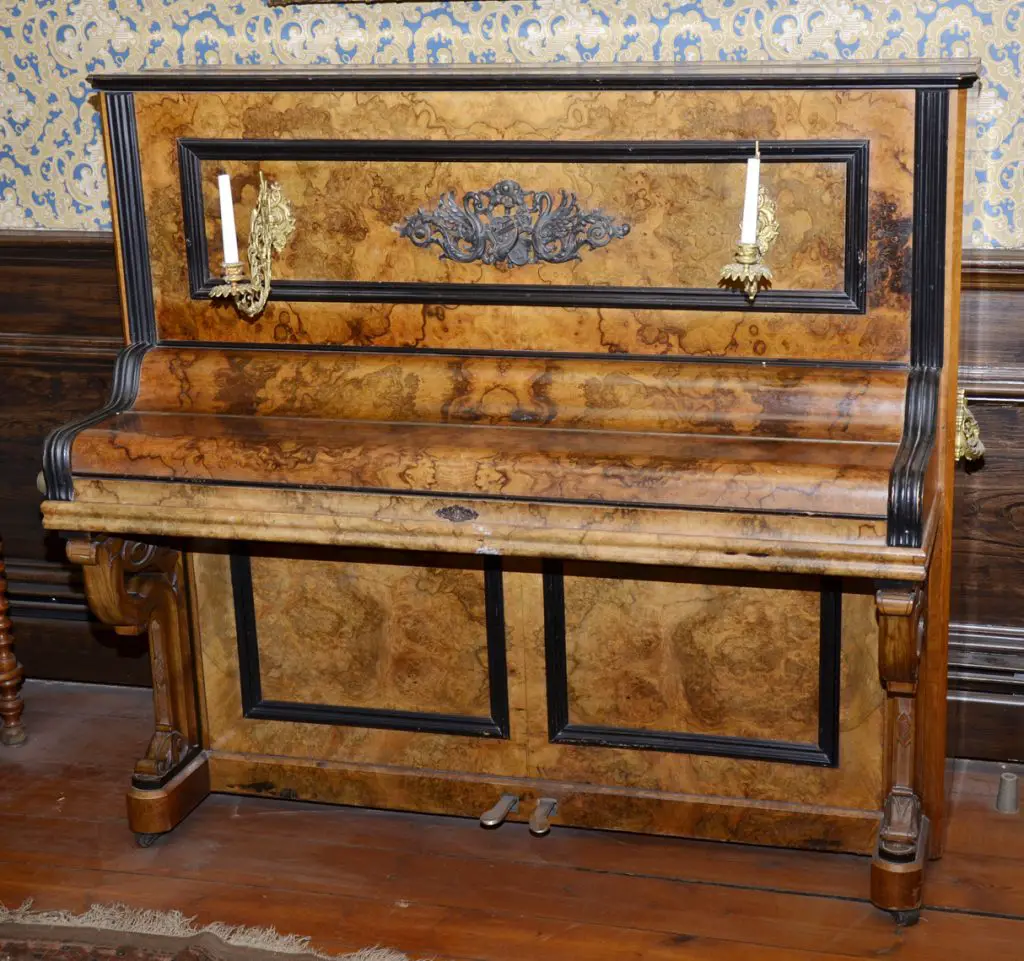
https://www.europeana.eu/item/916119/blm_item_13974
The piano’s keys are made of celluloid, with the body in walnut veneer, and sconces of gold-bronzed cast iron. The manufacturer is J Hagdahl’s musical instrument factory, Karlskrona, from the 1880s. Hagdahl was born in Lekaryd (Kronoberg county) on 25/1 1843 (although the year 1842 is usually given) as an illegitimate son of a farmhand and a maid. The first notice in his adult life is from 1865, when he is an instrument maker’s journeyman in Stockholm and his name is Hagdahl. In the years 1867-1868, he worked for Adolf Fredrik Sätherberg’s widow in Stockholm. He worked throughout his apprenticeship in Stockholm, until he established himself in Karlskrona in 1879. The Widfeldt family bought the piano used at Alm’s music store on Ronnebygatan in the 1950s.
Giraffe Piano

https://www.europeana.eu/item/90402/BK_NM_5855
Giraffe piano, Gebroeders Müller, c. 1820-1830, Amsterdam. Height c. 238cm × width c. 120cm × depth c. 57cm × weight 138kg.
Toy Piano
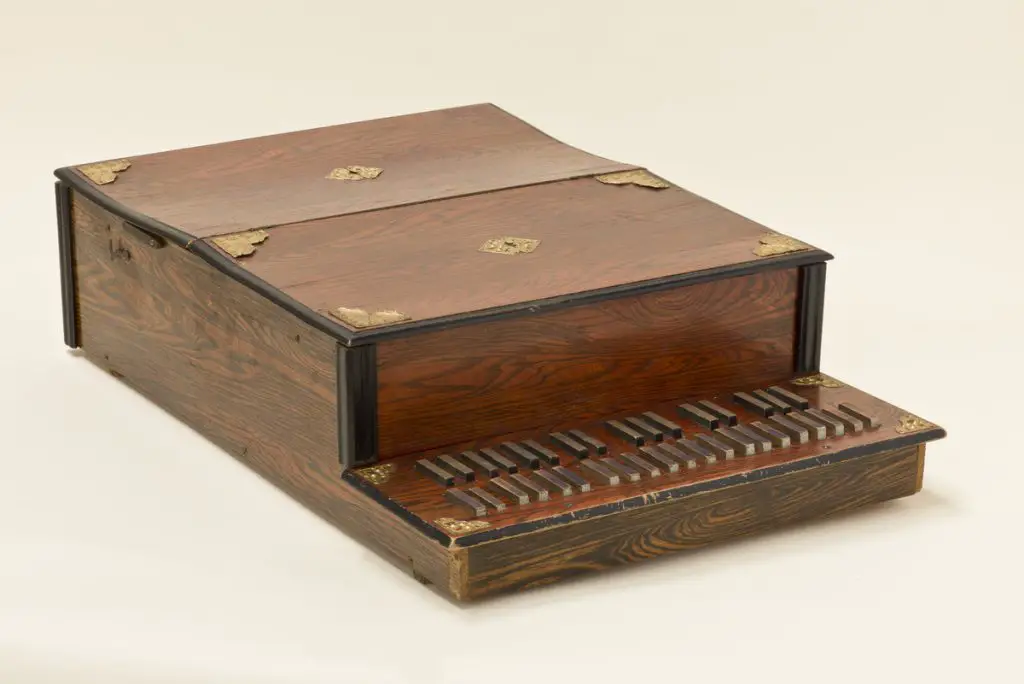
https://www.europeana.eu/item/117/_F9302A06_DEC4_4D1E_88A9_5ED9FD334F7A
A wooden toy piano for children, made in mahogany. This model is designed to be used on a table top and so has no legs. It features metal wire strings and spring-operated wooden hammers.
Chickering Self-Playing Piano
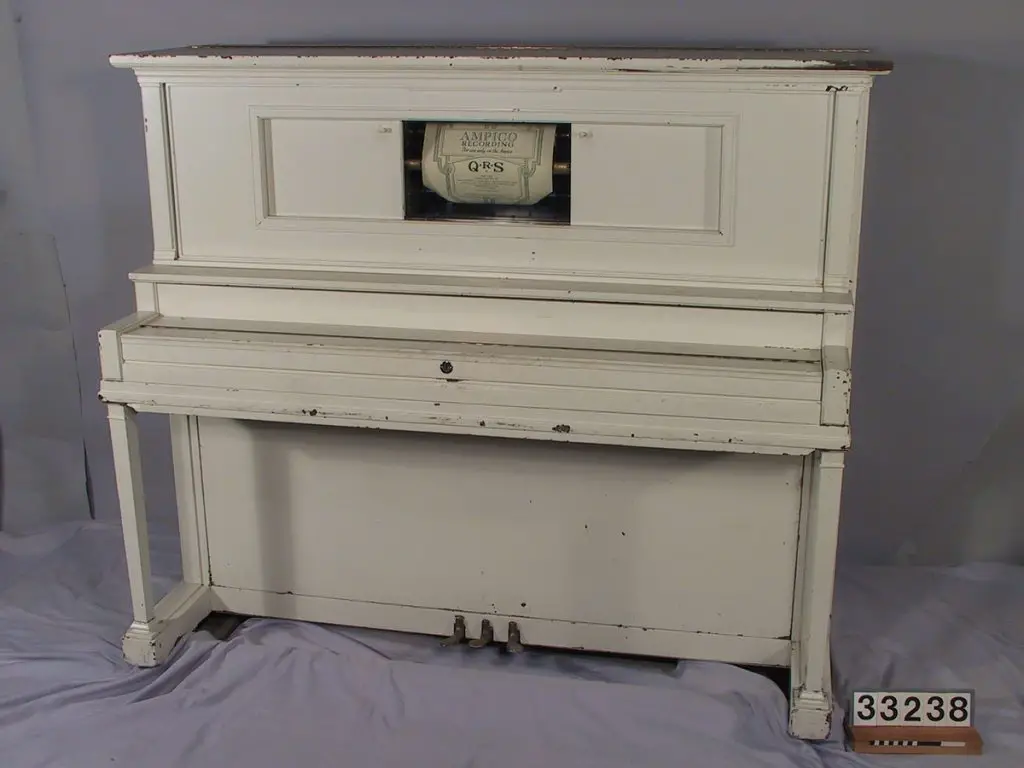
https://www.europeana.eu/item/916118/S_TEK_object_TEKS0035300
A self-playing piano built by Chickering and Sons, an American piano manufacturer located in Boston, Massachusetts. Length 1630mm x width 770mm x height 1365mm, weight 377kg.
Georg Steck & Co Self-Playing Piano
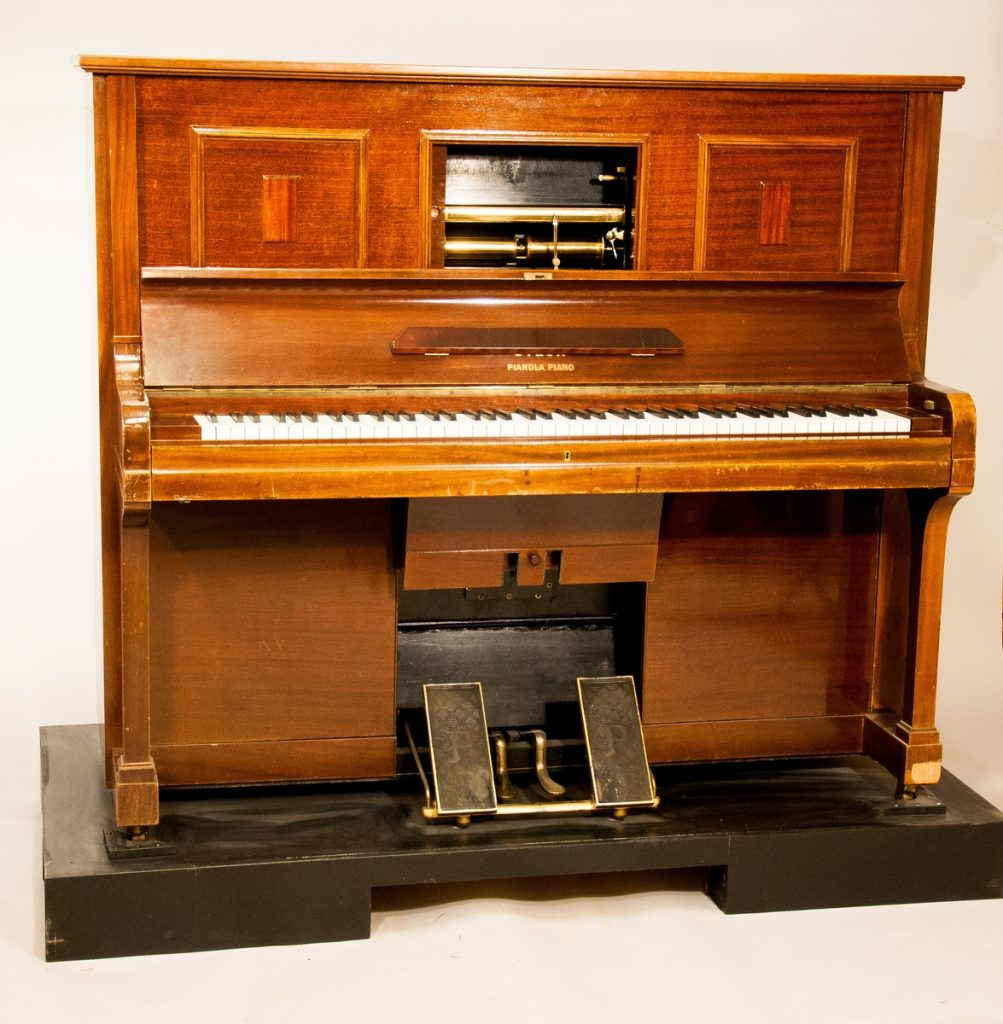
https://www.europeana.eu/item/916118/S_TEK_object_TEKS0058060
Self-playing piano with Pianola mechanism with pedal operation. Air lines in the mechanism replaced with neoprene hoses by previous owner.
Georg Steck & Co began manufacturing pianos in 1857. The firm held about four patents during the 1870-90s for improved mechanics in grand pianos. Steck & Co produced self-playing pianos with the Pianola mechanism, in parallel with the Aeolian Company and Weber. This instrument was manufactured in 1905 by Steck in the USA.
This piano was renovated by Gustaf von Plomgren. It has been used once a year at the Swedish Ragtime Society’s gatherings. Gustaf was a member of this society, and did not play an instrument apart from the self-playing piano. The piano comes with a large collection of rolls, among other things focusing on ragtime but also classical and more modern music.
Flower Vine Piano
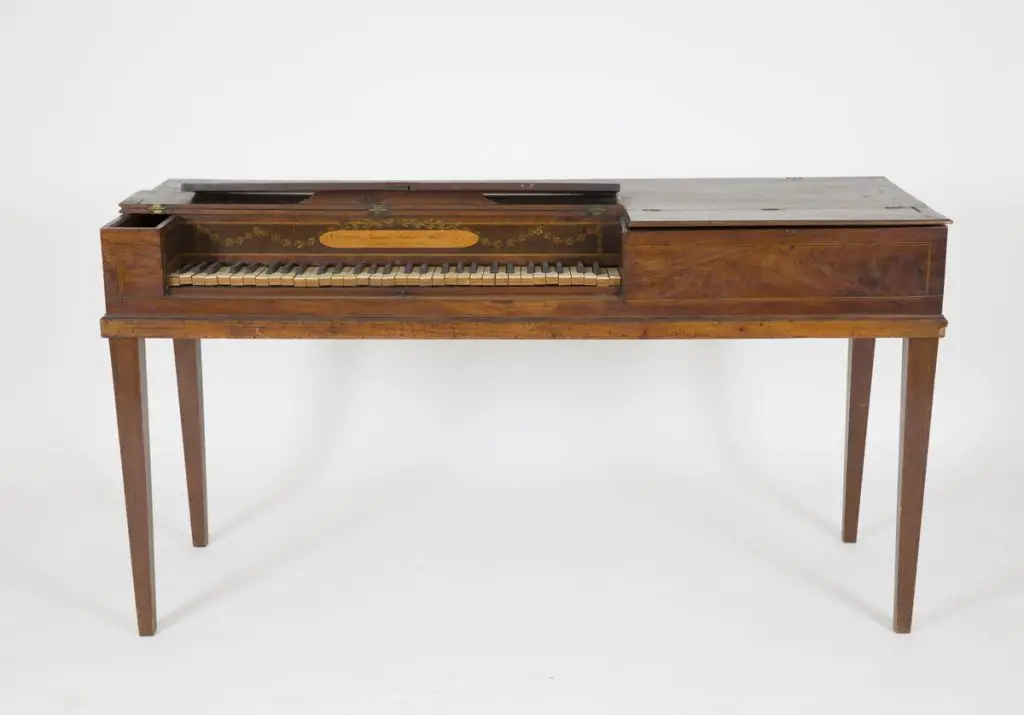
https://www.europeana.eu/item/502/_011023189052
Mahogany piano with four tapered legs. Profiled moldings and simple intarsia border around the edges and on the legs. Intarsia in the form of a flower vine above the keys. Dimensions 81x152z53cm. Materials used include brass, iron, wool and ivory.
Table piano
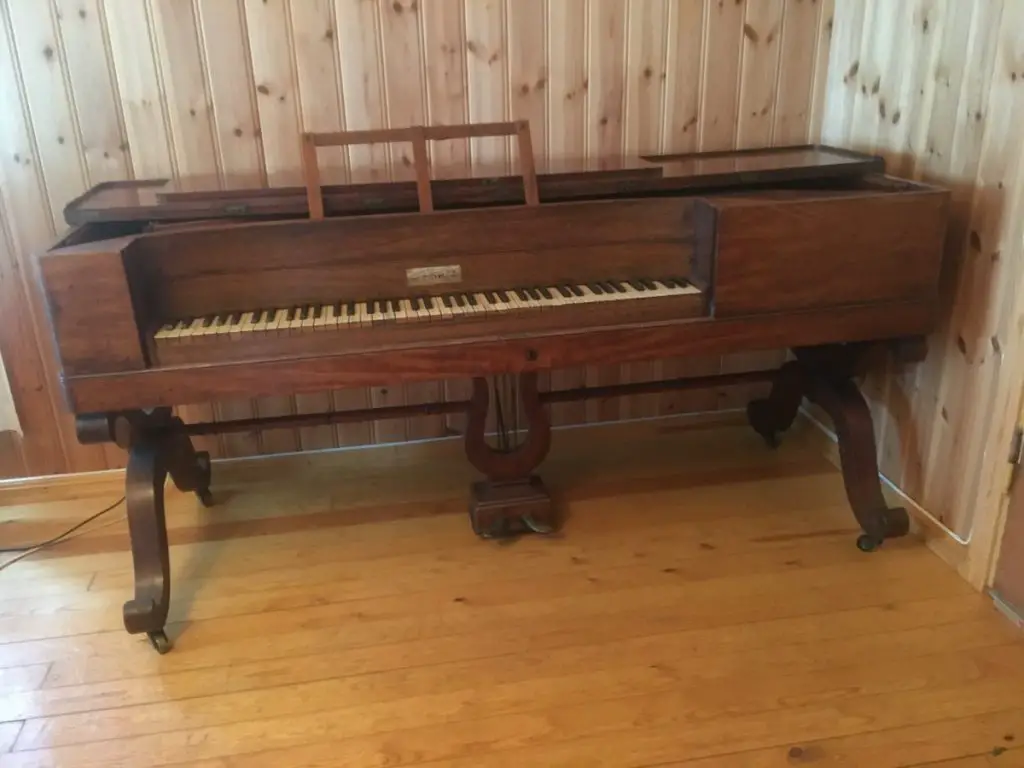
https://www.europeana.eu/item/787/_021028773481
Tabletop Piano
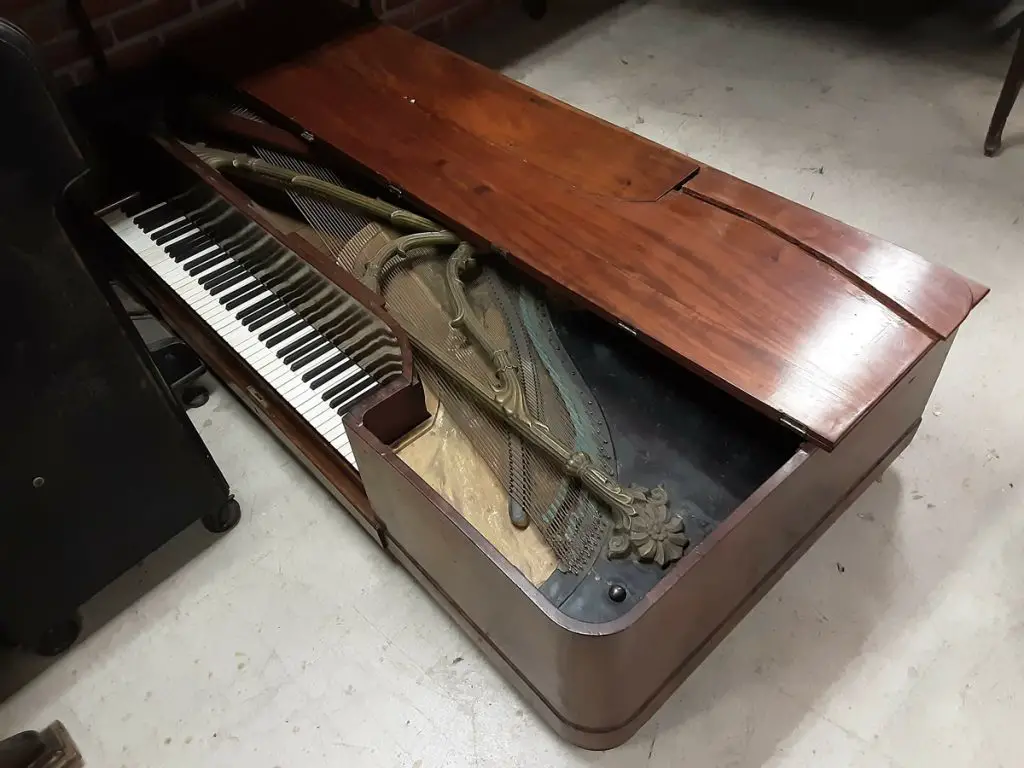
https://www.europeana.eu/item/756/_0210211483807
Schröder Table Piano
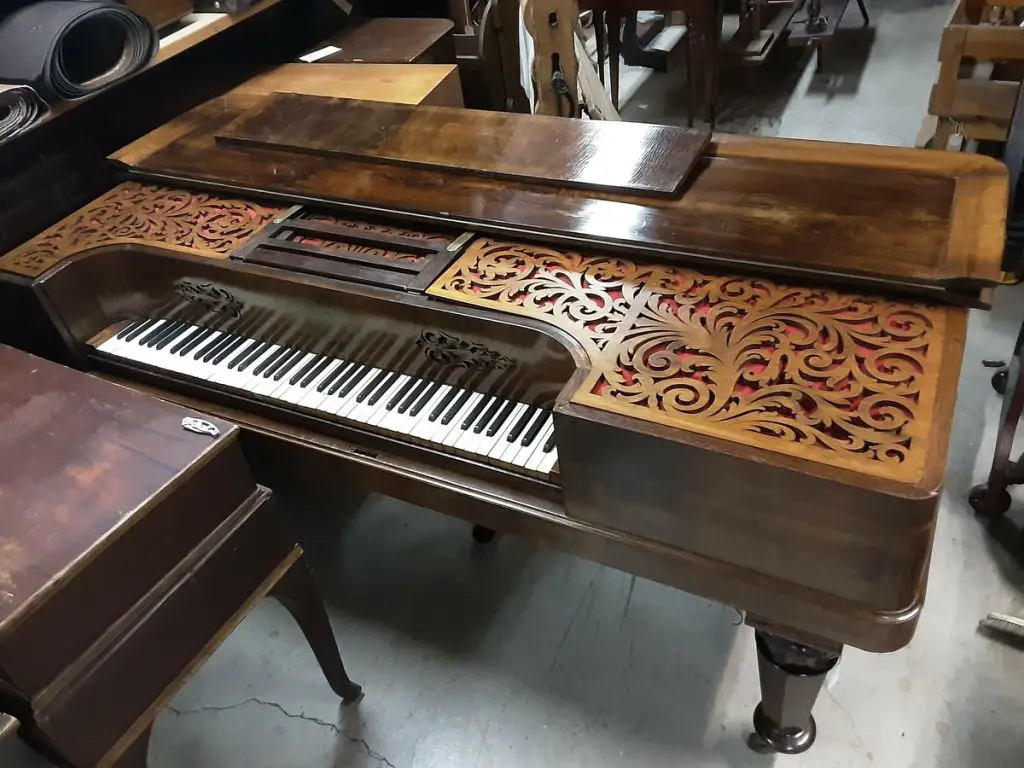
https://www.europeana.eu/item/756/_021029787236



